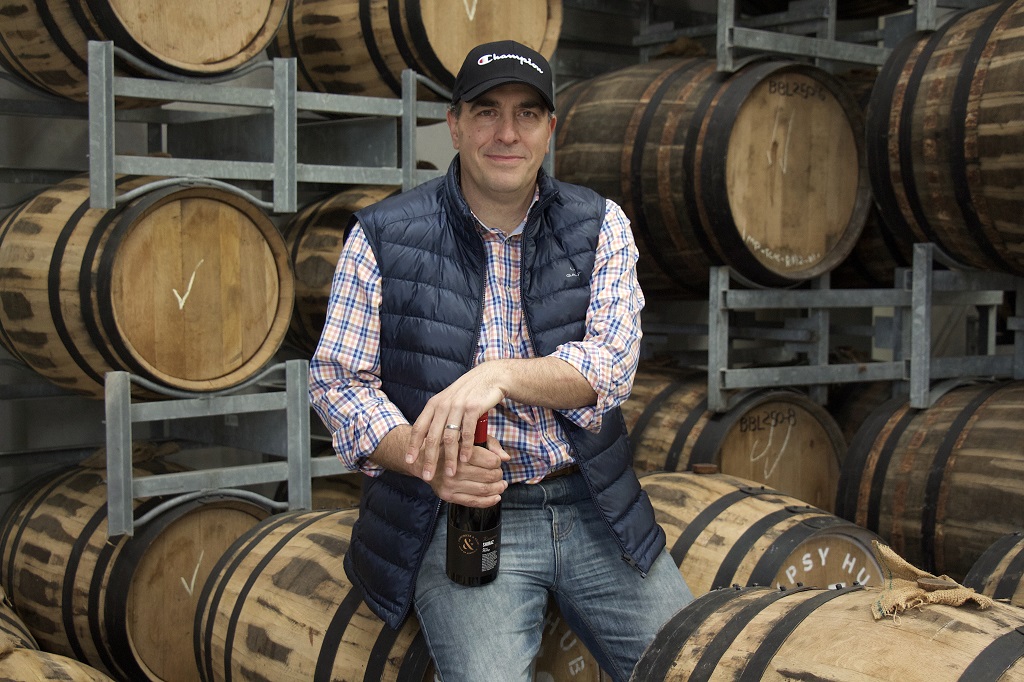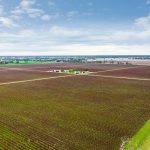Paul Baggio is amongst the most high-profile members of the Australian wine community. His name can be found in all corners of the sector’s supply chain, and now, for the first time, as a winemaker himself. Baggio’s new label, Concrete and Clay, made a big splash in 2021, taking home several awards from the Hong Kong International Wine & Spirit Competition. He spoke with journalist Harrison Davies about his new venture.
The Baggio family has been in wine for a long time. From humble beginnings in Veneto to the big business headed up by Paul these days, wine runs in the bloodstream, so to say.
Despite such a storied history in the industry, the winemaking itch was something that only struck Baggio in recent years.
Driven by an urge to share the family winemaking heritage with his children, he launched Concrete and Clay; a boutique wine label based in Melbourne.
“If I was paid a penny for each time [I was asked when I would get into winemaking], I would respond over the years (donning the consultancy cap), ‘the last thing you will ever see me do is start growing grapes and building my own wine brand’,” Baggio said
“What can I say? My new saying is never say never.”
Humble beginnings
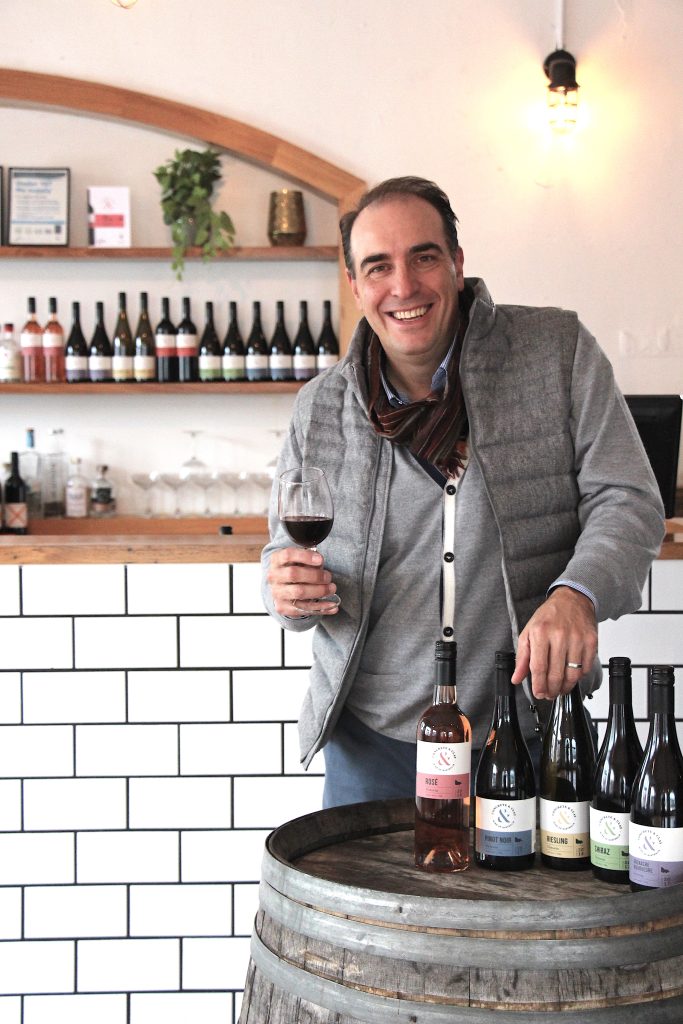
The Baggio family has its origins in the village of Fanzolo, located roughly 50km north-west of Venice in Italy. It sits at the border of Prosecco country.
Baggio’s grandfather, Antonio, began the family’s first foray into the wine industry as a cooper and ran his business in the large backyard of the family home.
Paul’s father and uncles grew up working for the family business, crafting large wine vats and basket presses to supply the Italian wine industry of the 1950s.
Paul’s father, Lou, immigrated to Australia in the late ‘60s, where he found himself in Melbourne and once again working as a wine industry supplier to support the demand of other European expats who were keen to keep up their winemaking traditions.
The Baggios found themselves once again entwined in the wine industry.
“[Melbourne was an] amazing place to grow up between Lou supplying presses and de-stemmers to long-time wine industry suppliers,” Baggio said.
Things started to change
as I moved from being
crazed workaholic and
trotting around world
wine regions to being
proud father of three
boys. – Paul Baggio
Paul’s journey with wine came shortly after graduating from university in the early ‘90s, when he skipped off to Italy to learn the craft for himself.
He soon found himself taking the learnings from Australia back to Italy and working as a cellar hand in places like Greve and Odezzo, repairing bits and pieces and dragging hoses.
“After graduating from a couple degrees in ‘91 and ‘92, I took off overseas to live in Italy,” Baggio said.
“In those years I also got to meet Tony Velo as Altivole was a bike ride from the family home in Italy and the journey well and truly started to take hold.
“[It’s] interesting when I reflect back that as the Baggio family were from Veneto and having spent most of my youth travelling back and forward to Italy I was fluent in the North Italian dialect.
“It placed me squarely at the epicentre of the global wine industry.”
Baggio began to dip his toes into the ocean of winemaking in the mid-‘90s as he was travelling back and forth between Italy and Australia.
Vintages in northern Italy and Victoria became the foundation of his winemaking knowledge, which was compounded by a stint in South Africa.
“My time working in Italy. and later in South Africa in Stellenbosch and Paarl with Stefano Gabba. provided such important experience with large process winemaking,” Baggio explained.
“I had an amazing range of influences: Michael Zitzlaff was winemaker at Oak Ridge and was always generous with his guidance.“
Celeste (Baggio’s mother) did some wine studies of her own with Graham Morris (Winery Supplies) and started a whole wine evaluation testing aspect to the business.
“It saw all forms of wines end up at our doorstep seeking to be tested and evaluated then corrected,” Baggio said.
Baggio’s career would take him down the path of supplying and consulting for the wine industry, until recently.
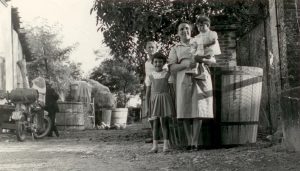
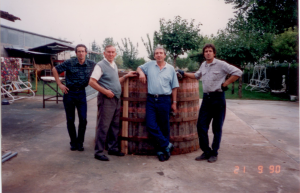
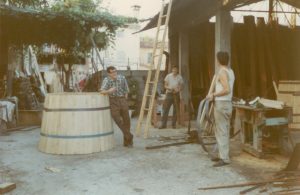
Heritage calls
Baggio launched Concrete and Clay in 2018 and has released three vintages with the label since.
He said that connecting to his family history and a desire to teach the craft to his children, now teenagers, was a big motivating factor for him moving into the winemaking space.
“Things started to change as I moved from being a crazed workaholic and trotting around world wine regions to being proud father of three boys,” he said.
“Is it the traditions, the seemingly poetic and romantic connection to the land?
“Growing up, the fondest memories are centred around the dining table and It is special to be able to connect the family history.
“The wine being shared with the big meals, the rituals of intuitive discussion and wines being decided upon as to their pairing.”
“I had heard of the stories about my own Dad, who immigrated to Australia as an engineer to work for Holden manufacturing motor vehicles, yet gravitated back to the family craft.”
Having his sons be able to spend time with their grandparents, fixing the oak barrels and having Nonna talking through the finer faults of her sons’ winemaking is what Baggio called the “good stuff”.
“We Baggios have always been a hard-working lot and our brand is called Concrete & Clay for many reasons,” he said.
“We, certainly with a long history of building, constructing from the ground up, from very little, we have made something that is strong but should handle with care as to never take for granted.
“The Baggio family story follows the gentrification story of Melbourne very much, which for many immigrants is very much about being tough, elegantly cosmopolitan yet salt of the earth.”
As a younger lad with
business and economics
as my decided path of
study, I was looking more
towards wearing pin
stripe suits than wearing
any Blundstones, but here
we are.
– Paul Baggio
The winery story was very much about a dilapidated, neglected shed that we brought to it know how and learnings that we have picked up along our journey, building from simple beginnings a wonderful facility that melds tradition with the learnings of technology and the craft of winemaking.
The process itself
“I tend to get more ‘mad scientist’ than artisan when it comes to my own winemaking,” Baggio explained.
Baggio took his history of building and supplying wineries over the last 20 years to forge his winery from the ground up.
Baggio adopted a somewhat dilapidated shed around 40 minutes outside Melbourne and, with a bit of TLC, turned it to the home of Concrete and Clay.
He said that his connections from his years in the industry have been a big resource for him and his sons to lean on when starting the label.
“The earliest design works settled around using some specially designed fermentation tanks that allowed gravity transfers,” he said.
“We would use central membrane press technology from Della Toffola. It is without question the softest extraction press available.
“We have used technology like DTMA (fractioning technology – from Thermovin learnings) to extract greater colour hues.”
He also talked about some of the unique techniques he looked at applying with the technology he had access to, like plunging and cap management technology.
He also discussed the large format oak casks along with terracotta amphorae along with some interesting new laser toasted treated barriques.
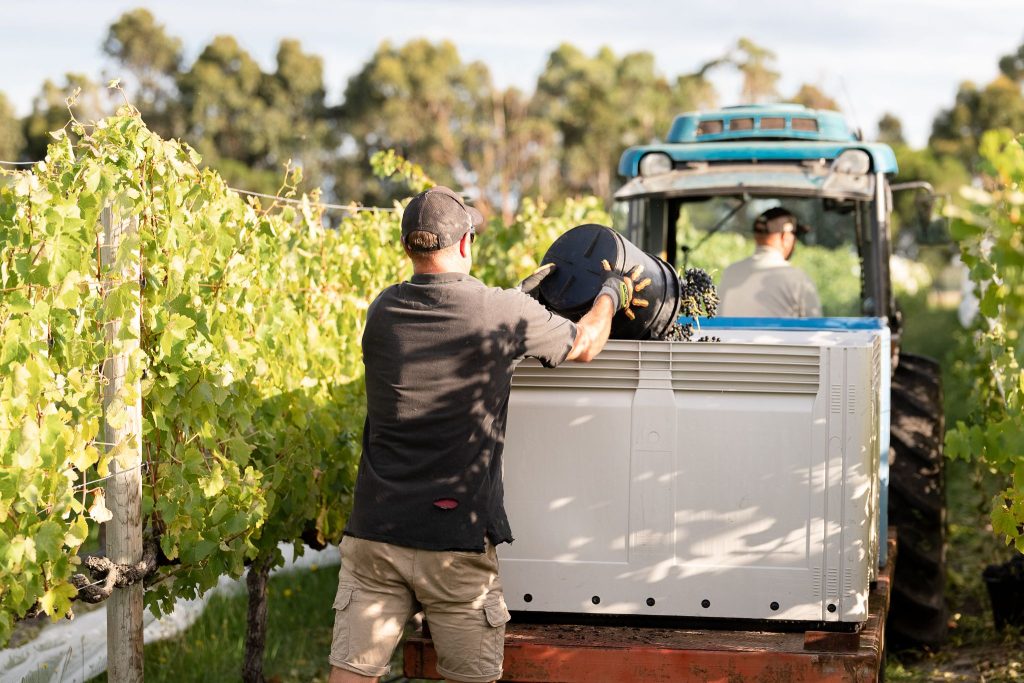
“After all, I do have access to one the country’s biggest winemaking toy stores,” he said.
“I do appreciate it’s not the usual situation for such a small-scale winery to be beneficiary of some of the world’s winemaking tech, but all said, [I’m] very proud of the wines being produced.
“I have long been fascinated by the savoury spectrum found in white winemaking.
“The oxidative handling of wines as made on the north-western borders of Italy, the structures of tannins in white wines and how palate length comes from extraction techniques to provide nuance, are where matters get interesting for me.”
The growing conditions have presented Baggio with a number of challenges over the first few years since the label was launched.
The soil the vines are planted in is predominantly clay (thus the name) and heavy rain conditions that have hit the country with the advent of La Niña have further complicated things.
Nevertheless he ploughs on ahead.
“This site certainly presented some challenges when we took it over, which we’ve enjoyed rebuilding and nursing into an outstanding, unique vineyard,” he said.
“The soils are predominantly clay thus during the drought periods the wines produced are just sensational.
“But enter La Niña and the ‘winemaking’ certainly gets challenging.”
Pointing to the future, Baggio is looking forward to teaching his family about their heritage and getting stuck into more winemaking in the process.
“It is special to be able to connect the family history,” he said.
“As a younger lad with business and economics as my decided path of study, I was looking more towards wearing pin stripe suits than wearing any Blundstones, but here we are.”
To view the current issue of the Grapegrower & Winemaker, visit our Current Issue page.

